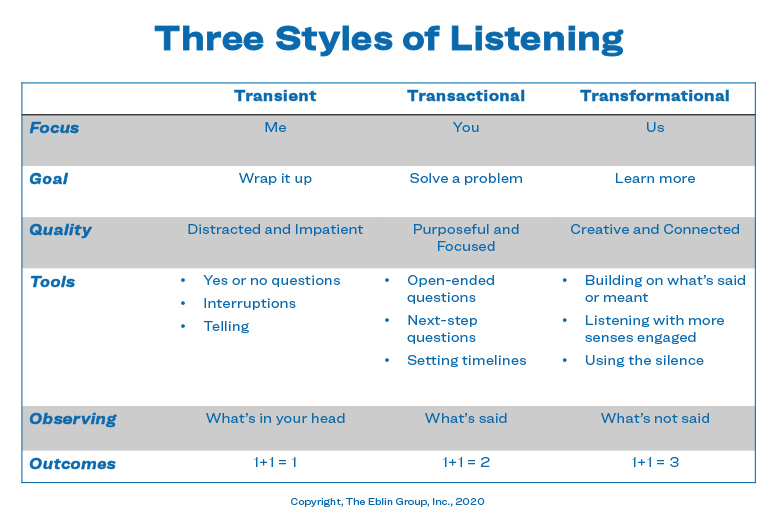Loneliness is “a Mortal Threat”; Relationships are the Cure
As I’ve been writing about the past couple of weeks, the allostatic load of the extraordinarily stressful period we’re living, working and leading through demands that we be more mindful about the routines that can help us be both effective and healthy. I’ve already written about physical and mental routines. This week, I want to talk about relational routines; the ones that address our basic need for love and belonging and that also help keep us alive.
From a purely utilitarian standpoint, it’s fairly obvious that if you want to get positive results over the long-run, you need to invest in positive relationships. They’re essential to getting things done. From a humanistic standpoint, positive relationships make life more fun, strengthen your immune system (kind of important during a global pandemic), and increase your life expectancy by reducing the likelihood of heart disease, cancer, strokes and Alzheimer’s. As this article that summarizes the ground breaking research of UCLA professor Steve Cole states, “our bodies see loneliness as a mortal threat.” From an evolutionary standpoint, we’re wired to intuit loneliness and isolation as a threat to our survival because it’s easier for a group to fend off a saber tooth tiger than it is for an individual. The sense of isolation that working from home can bring prompts us to seek out connection with others. That’s why you’ve been doing all of those virtual happy hours and meet-ups. That’s a good thing because it’s helping you get out of the chronic state of fight or flight that both reduces your performance and your health and well-being.
As many of us will continue to work from home and maintain physical distance for the foreseeable future, here are a few things to consider incorporating into your virtual relationships as well the ones you have with the people you live with.
Include Transformational Listening In Your Mix – As I wrote about in my book, Overworked and Overwhelmed: The Mindfulness Alternative, there are three basic kinds of listening – transient, transactional and transformational. As the accompanying chart makes clear, all of us engage in transient listening where we’re so distracted with our own agenda and thoughts that we don’t actually listen. Transactional listening is focused on solving a problem or identifying a next step and is much higher value-added. We’re all seeing and doing a lot of that on work-related Zooms but if we stop at transactional listening, we miss out on the opportunities for deeper relationships. That’s where transformational listening comes in – listening with no other purpose than to connect and learn more about the other person or people. Open-ended questions that spark warm memories, a sense of fun, reflections on gratitude or hope for the future are a great way to set up transformational conversations. This blog post I wrote a few years ago has a list of those kinds of questions. Why not ask one or two of those in your next team Zoom meeting or casual conversation with a friend or family member?

Make the Time and Take the Time – Do your best to pay attention to how you’re allocating your conversational time. What percentage of it is focused on more transactional conversations? If more than 80 percent are focused on human “do-ings”, make and take some regular time to focus on the human beings through transformational conversations.
Variety is the Spice of Life – Routines and patterns are useful in life because they help us get things done without having to start from scratch every time we do them. The weekly staff meeting, the rotation of shirts you’re wearing on Zoom and the walk you go on after lunch are all examples of routines that are helpful until they’re not. They’re not when they get you into a rut of not noticing when you’re repeating yourself without looking for opportunities for deeper connection with colleagues, friends and family. Variety is the spice of life. Spark new connections by changing up your meetings and routines and inviting others into a different mix that brings fresh energy by shaking things up. A little creativity in a pandemic never hurt anyone!
Strong, healthy relationships are vital to both productivity and health and well-being. What have you been doing to deepen yours during the pandemic?
If you liked what you read here, subscribe here to get my latest ideas on how to lead and live at your best.